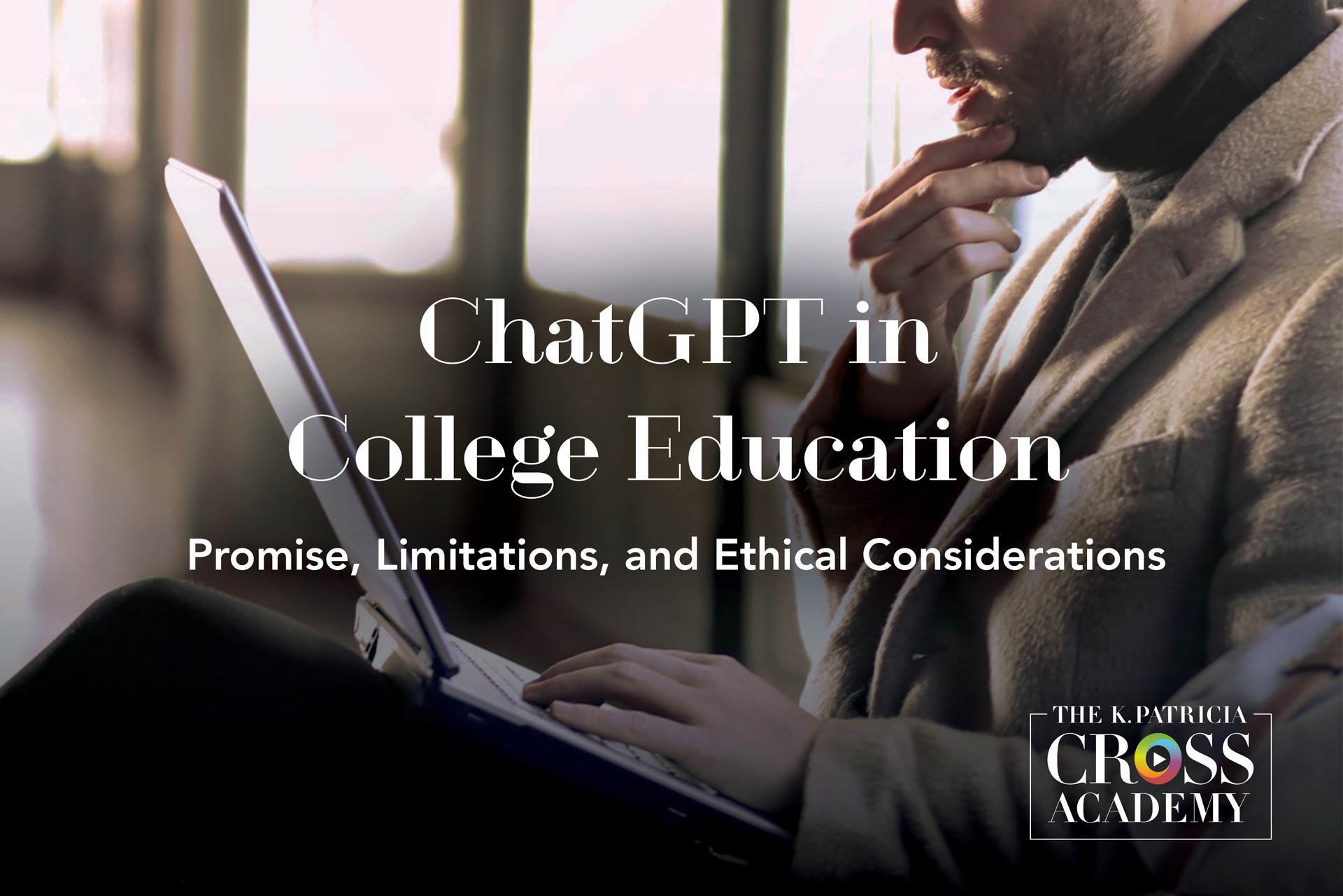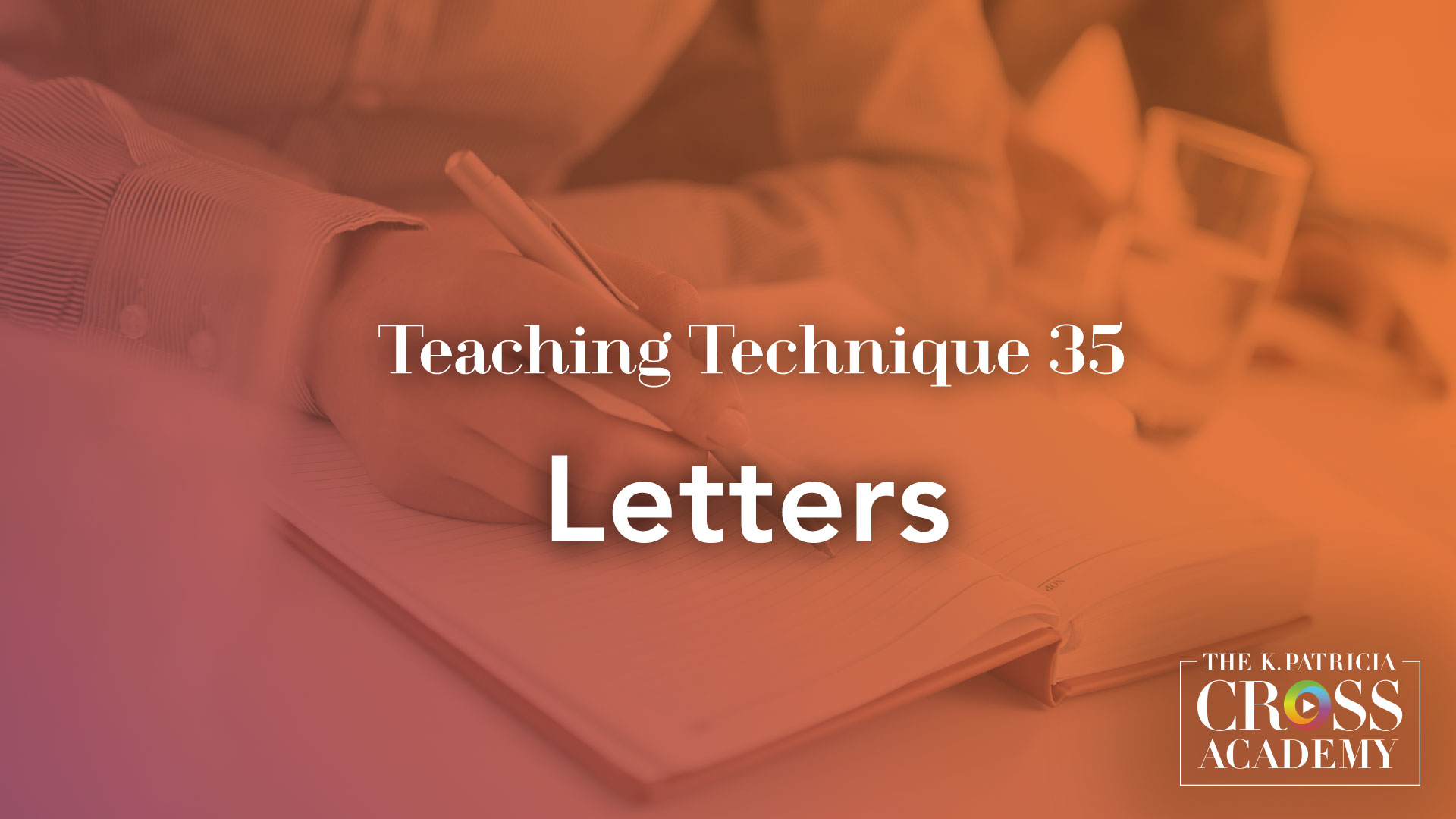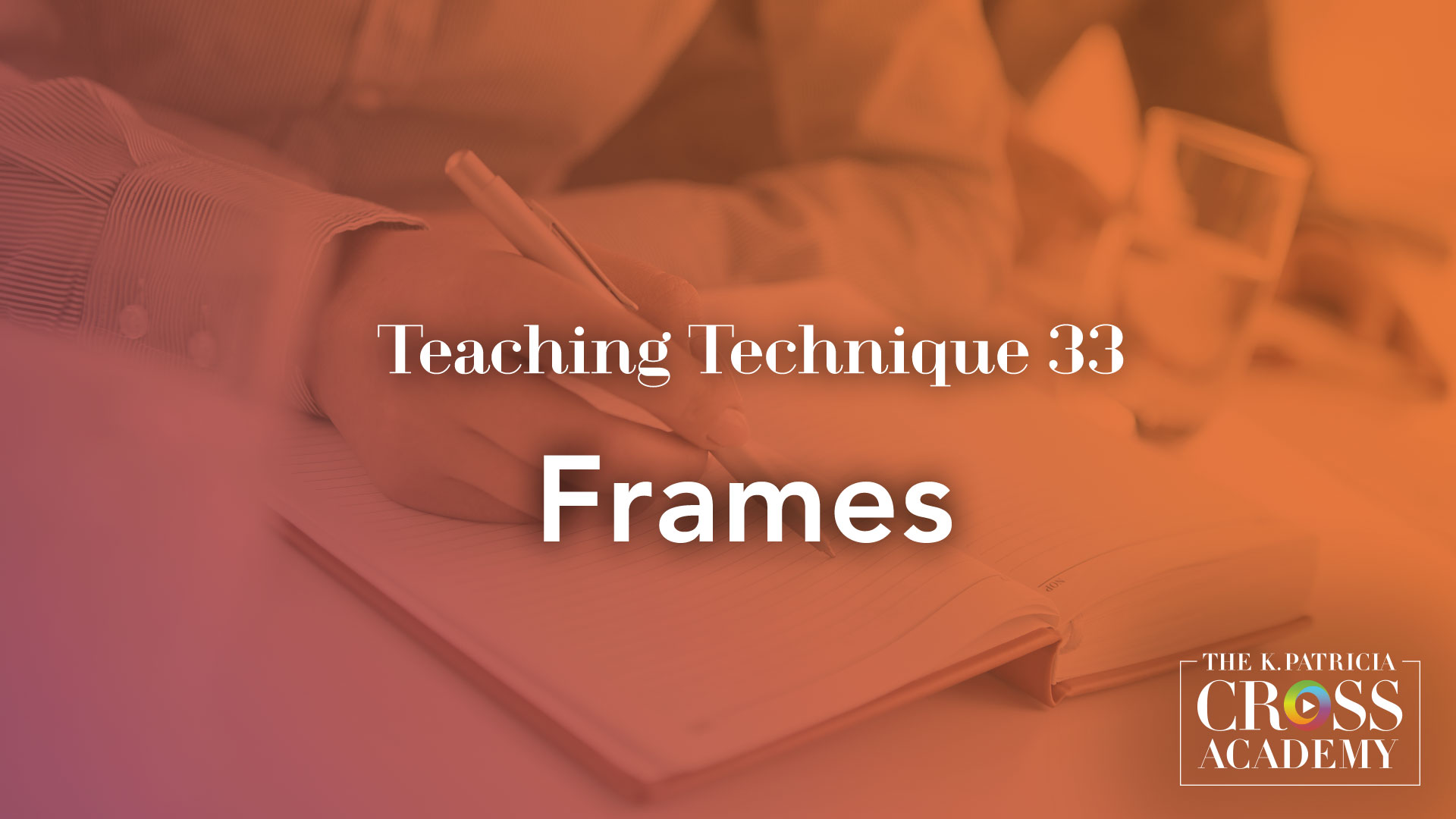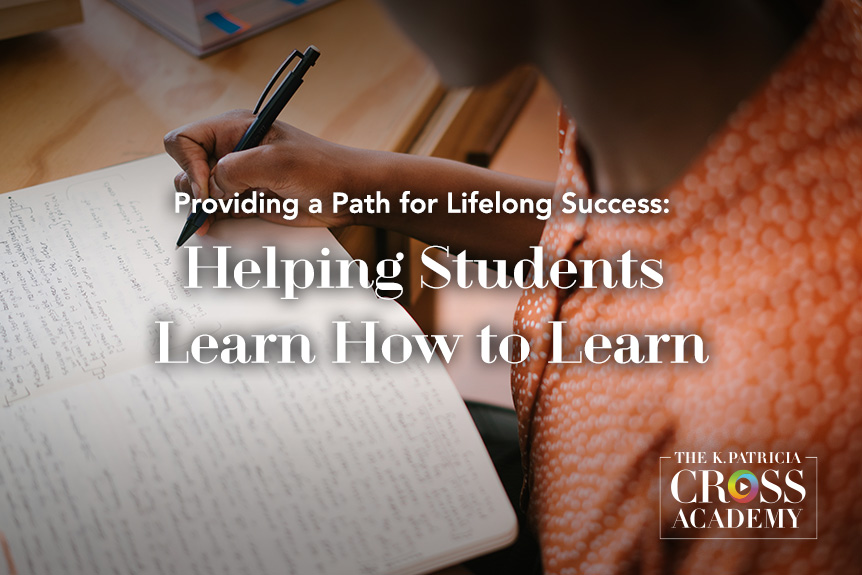
ChatGPT is an artificial intelligence (AI) language model developed by OpenAI. In practice, when a user inputs a prompt, ChatGPT searches an extensive dataset gathered prior to 2021 to identify patterns in the data. Its capacity to search relevant content and generate human-like responses from the data makes it a significant advancement in natural language processing and a valuable tool for a wide range of information-related tasks. Its potential to enhance college-level teaching and learning experiences is noteworthy, although some educators have legitimate concerns about its use and capabilities. In this article, we clarify what ChatGPT can and cannot do and consider how it might be effectively integrated into educational settings.
ChatGPT has capacity to perform several tasks, including the following:
- Answering Questions: ChatGPT can search the dataset to provide responses to a wide range of questions.
- Generating Text: The tool can create human-like text on various topics, from essays and reports to creative writing.
- Language Translation: ChatGPT can translate text between different languages.
- Content Summarization: The tool can generate concise summaries of lengthy texts, making it useful for distilling key points from articles and documents.
- Programming Assistance: ChatGPT can offer coding help, debug code, or provide explanations for programming-related queries.
- Data Analysis Assistance: The tool can help with data-related tasks by offering explanations of data concepts and guiding users through data analysis processes.
However, there are several important limitations to ChatGPT, including the following:
- It lacks real understanding: ChatGPT lacks true comprehension and consciousness; it generates responses based on patterns in data but doesn’t genuinely understand.
- It cannot think critically: The tool doesn’t possess critical thinking skills or the ability to evaluate information for accuracy or credibility.
- It is only as good as the prompt: The quality and accuracy of ChatGPT’s responses heavily depend on the clarity and specificity of the user’s input or prompt, which, if vague or ambiguous, can lead to less precise, irrelevant, and even inaccurate responses.
- It Is only as good as the source material: ChatGPT can generate incorrect or biased information because it learns from data on the internet, which has inaccuracies or biases built in. Furthermore, because the database from which it draws currently consists of data prior to 2021, its answers may be out-of-date.
- There are ethical and privacy concerns: ChatGPT can generate inappropriate or harmful content, and it raises ethical issues related to data privacy and security as well as using others’ information without permission or attribution.
Main Idea
ChatGPT can be a useful tool for generating and understanding text, but it should be used with an awareness of its limitations and ethical considerations. It can’t replace human expertise, particularly in complex, nuanced, or emotionally sensitive matters.
Concerns about ChatGPT in a Learning Environment
Many instructors have legitimate concerns about the integration of ChatGPT into teaching and learning environments. One major concern is the potential for misinformation or the propagation of inaccurate information. This raises questions about the reliability of information students might access. Moreover, there’s a concern that students might become too reliant on ChatGPT, diminishing the depth of their understanding of the subject matter. And because ChatGPT can serve as a proofreading and editing tool, some instructors are concerned it may undermine students developing these skills themselves. Another concern is the possible erosion of problem solving and critical thinking skills if students overuse ChatGPT.

Instructors are also rightfully concerned about the potential for academic dishonesty and cheating when using ChatGPT. Students could misuse the technology to generate plagiarized content or receive answers to assignments and exams. Additionally, instructors worry about the ethical use of AI in education, including issues related to data privacy and security, as sensitive student information may be shared during interactions with the model. These challenges should be addressed before incorporating AI tools like ChatGPT into college teaching strategies.
The Potential of ChatGPT as a Learning Tool
Instructors who grapple with the issues may be able to leverage ChatGPT for teaching and learning. Indeed, ChatGPT has the potential to foster creativity, independent thinking, and communication skills, making it a valuable asset in college classrooms when used thoughtfully and judiciously. College instructors, for example, could use ChatGPT to create engaging and innovative assignments that promote active learning and skill development among students. Instructors could ask students to formulate open-ended questions or prompts for ChatGPT that generate detailed responses and then critique the responses, encouraging critical thinking and information retrieval skills. They could also challenge students to engage in debates with ChatGPT, presenting arguments and counterarguments on a given topic, fostering research and persuasive communication abilities.
ChatGPT has the potential to foster creativity, independent thinking, and communication skills, making it a valuable asset in college classrooms when used thoughtfully and judiciously.
In more advanced applications, instructors can design collaborative projects that involve ChatGPT as a team member, assigning it specific roles in group tasks. In writing courses, instructors could use ChatGPT to spark students’ creativity by providing story prompts, character descriptions, or unique settings. Furthermore, ChatGPT could be utilized as a language learning tool, asking students to have conversations in a foreign language or translate content to enhance language proficiency.
Consider the following Cross Academy Techniques:
In Letters, students assume the identity of an important person in your discipline and write a letter explaining their thoughts on an issue, theory, or controversy to another famous person who holds a different perspective. For ChatGPT, ask students to write the letter, and then ask ChatGPT to respond under the identity of the important person. Ask students to record their thoughts about the response.
A Frame is a template of sentence stems that provides the shape of a short essay, but not the content. Students complete the sentences, expressing their ideas in their own words, but doing so within a clear and organized framework. To incorporate ChatGPT, ask students to use the tool to create the Frame, and then they provide the response. As an alternative, ask ChatGPT to create the Frame and the response, and then ask students to critique both.
In Variations, students create an altered version of the original, such as rewriting the ending of a story or imagining the consequences of a changed event in history. To incorporate ChatGPT, ask ChatGPT to create three responses and have students rank them and explain their rankings.
How ChatGPT can Help Educators
In addition to incorporating ChatGPT into assignments, ChatGPT also could help improve teachers’ efficiency by streamlining routine, such as generating automated responses to common student inquiries and answering frequently asked questions. It could assist faculty with constructing lecture outlines, summaries, and course materials, allowing educators to focus on the delivery of content and enhancing their teaching quality. It could also support educators in generating plans for class sessions, outlines for slide decks, and questions for quizzes.
Additionally, ChatGPT could help in providing initial feedback on student work, reducing the time and effort spent on manual grading. By using the tool to support these time-consuming tasks, instructors could allocate more of their energy to individualized teaching, mentoring, and fostering a dynamic and interactive learning environment in the classroom. The trick is to recognize that the ChatGPT response to a prompt is just the start, not the final product.

Learning & Teaching in the Age of AI
To summarize, ChatGPT is an intriguing blend of promise, limitations, and ethical considerations. It has the potential to be a valuable asset in college classrooms, improving teaching efficiency, and promoting active, engaged and skill-oriented learning . It can enhance learning through innovative assignments and creative activities that foster critical thinking, research, communication, and language skills. It also has the potential to help instructors streamline instructional tasks. In these ways, ChatGPT offers opportunities for both educators and students.
However, ChatGPT also comes with challenges. Instructors must be wary of the risk of misinformation, over-reliance, and academic dishonesty, which could undermine the integrity of the educational process. Ethical concerns about privacy and irresponsible AI use cannot be ignored. Ultimately, it’s a tool that could empower educators, but it’s the wise and thoughtful application of this technology that will determine its true influence on the future of higher education.
Suggested Citation
Barkley, E. F., & Major, C. H. (n.d.). ChatGPT in college education: Promises, limitations, and ethical considerations. CrossCurrents. https://kpcrossacademy.org/chatgpt-in-college-education-promises-limitations-and-ethical-considerations/

Engaged Teaching
A Handbook for College Faculty
Available now, Engaged Teaching: A Handbook for College Faculty provides college faculty with a dynamic model of what it means to be an engaged teacher and offers practical strategies and techniques for putting the model into practice.







